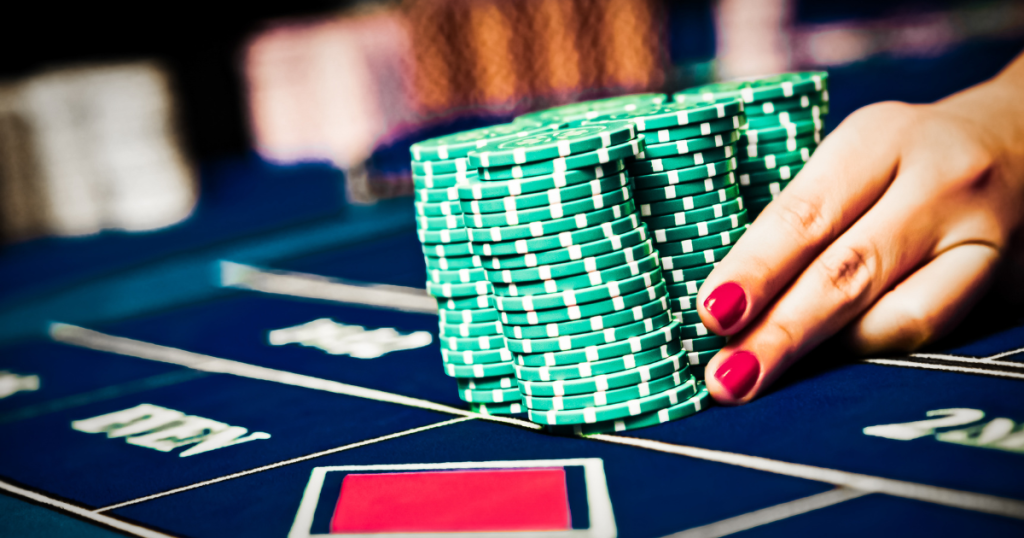Cómo Abrir y Mejorar un Casino en Línea: Una Guía Completa
hace 2 meses · Actualizado hace 2 meses

Si te encuentras interesado en establecer un casino en línea, existen múltiples factores cruciales que debes considerar para asegurar el éxito de tu empresa. Desde la investigación de mercado y la obtención de licencias hasta el desarrollo del sitio web y la contratación del equipo adecuado, el proceso puede ser complejo y desafiante. Sin embargo, con una planificación cuidadosa y un equipo talentoso, también puede ser gratificante y conducir al liderazgo en el mercado de casinos en línea, incluso en lugares como Bolivia.
Investigación de Mercado y Obtención de Licencias
Antes de lanzar tu casino en línea, es fundamental realizar una investigación exhaustiva del mercado. Esto implica comprender la competencia existente, la demanda del mercado y las preferencias de los clientes. Tal análisis te ayudará a identificar oportunidades de crecimiento y posibles riesgos a evitar. Posteriormente, es crucial obtener las licencias y permisos necesarios de las agencias reguladoras correspondientes. No hacerlo puede resultar en graves consecuencias legales y financieras.
Desarrollo del Sitio Web
El sitio web es la piedra angular de tu casino en línea, por lo que su desarrollo debe ser prioritario. Es esencial contar con un sitio web fácil de usar, navegación intuitiva y estéticamente atractivo. Para ello, contrata a desarrolladores web capacitados que puedan crear un sitio optimizado en velocidad, seguridad y experiencia de usuario. Además, selecciona un software de juegos de alta calidad que sea confiable y atractivo para tu audiencia objetivo.
Contratación del Equipo Adecuado
Para operar un casino en línea exitoso, es crucial contar con un equipo talentoso y experimentado. Algunos roles clave que debes considerar incluyen:
- Desarrollador web: encargado de mantener un sitio web óptimo en términos de velocidad, seguridad y facilidad de uso.
- Desarrollador de software: responsable del desarrollo y mantenimiento del software de juegos del casino.
Representante de atención al cliente: encargado de manejar consultas, quejas y problemas técnicos de los clientes. - Especialista en Marketing y Publicidad: responsable de crear y ejecutar campañas para atraer y retener clientes.
- Profesional de Seguridad y Cumplimiento: garantiza que el casino cumpla con los estándares de la industria y mantenga la seguridad.
- Especialista en Finanzas y Contabilidad: gestiona las finanzas, pagos y prevención de fraudes.
- Gerente de Operaciones: supervisa las actividades diarias del casino en línea.
Es crucial contar con un equipo diverso y completo para asegurar el éxito del casino en línea. Considera también contratar consultores o contratistas para servicios especializados según sea necesario.
Seguridad y Cumplimiento
Los casinos en línea son vulnerables a ataques cibernéticos y fraudes, por lo que la seguridad debe ser una prioridad. Contrata profesionales expertos en seguridad y cumplimiento para garantizar que tu casino cumpla con los estándares de la industria y permanezca seguro. Asegúrate de contar con certificados SSL para encriptar transferencias de datos y establece protocolos para protegerte contra amenazas de seguridad.
Marketing y Publicidad
Para atraer y retener clientes, es fundamental desarrollar estrategias efectivas de marketing y publicidad. Contrata a especialistas en marketing y publicidad para diseñar una estrategia integral que incluya redes sociales, correo electrónico y publicidad digital. Considera ofrecer promociones y bonificaciones para atraer nuevos clientes y fidelizar a los existentes.
Finanzas
La gestión financiera es esencial para el éxito a largo plazo del casino en línea. Contrata a profesionales en finanzas y contabilidad para manejar tareas como la contabilidad, procesamiento de pagos y prevención de fraudes. Mantén un plan de negocios sólido y un presupuesto bien definido, y realiza un seguimiento regular del rendimiento financiero para asegurarte de que estás alcanzando tus objetivos.
Abrir un casino en línea puede ser un desafío, pero con una planificación adecuada, un equipo talentoso y un enfoque en la seguridad y el cumplimiento, puede convertirse en un negocio gratificante y lucrativo. Aprovecha el crecimiento continuo del mercado de juegos de azar en línea y la creciente popularidad de los casinos virtuales para posicionarte en la cima del sector.
최고의 카지노 사이트 추천 목록 TOP 10
Deja un comentario


Otras preguntas que te pueden interesar: